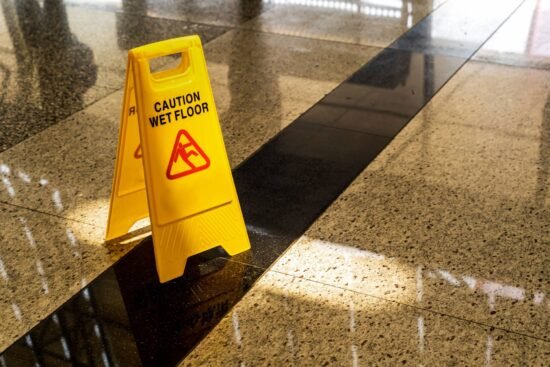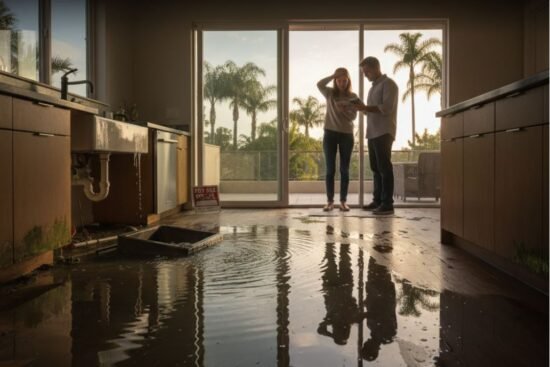
LGBTQ elders in the United States are facing significant challenges as they navigate health care, housing, and social isolation, according to recent reports. Gene Dinah, a 76-year-old resident of Fort Lauderdale, Florida, exemplifies these struggles. Dinah fondly remembers his late husband, Robert Malsberry, who passed away in 2019. The couple shared 46 years together, with Dinah serving as Malsberry's primary caregiver during his battles with leukemia and dementia. Now, without surviving family, Dinah finds himself unprepared for his own aging journey.
LGBTQ older adults, like Dinah, are twice as likely as their heterosexual counterparts to grow old single and childless, often relying on partners and friends for support. This “horizontal caregiving” model leaves them particularly vulnerable as they age, lacking the intergenerational support systems that many others depend on.
The broader context of an aging U.S. population exacerbates the strain on senior care facilities and healthcare services, particularly impacting LGBTQ elders who have historically faced discrimination and stigma. Health disparities, fear of discrimination in healthcare settings, and challenges in accessing gender-affirming care further compound the difficulties faced by LGBTQ elders, especially transgender individuals, immigrants, and people of color within the community.
Housing discrimination and limited retirement community options add to the hurdles. Many LGBTQ elders are forced to conceal their identities to secure housing due to the absence of laws protecting them from discrimination. This often leads to profound feelings of isolation. Initiatives like SAGE's “friendly visitors” program aim to alleviate loneliness and foster companionship among older adults in the LGBTQ community.
Reflecting on these issues, Dr. Imani Woody, a 65-year-old African-American lesbian and LGBTQ activist in Washington, D.C., highlighted the compounded challenges faced by LGBTQ elders of color. “We've got LGBTQ status and age, so we really have two oppressions against us,” Dr. Woody explained. “And when you put race and gender on top of that, it just gets harder. It gets to a point where you wake up and say, ‘Which fight am I going to fight today?'”
The complexities of race, age, sexual orientation, and gender identity pose unique challenges for many black LGBTQ elders. Economic disparities, social isolation, and health disparities are prevalent, with one-third of LGBTQ older adults living at or below 200 percent of the federal poverty level. This includes 40 percent of African American LGBTQ older adults, who face longstanding discrimination exacerbated by a lack of equal protection under the law and social stigma.
Organizations like New Orleans Advocates for GLBT Elders (NOAGE) and GRIOT Circle are working to address these concerns by hosting regular social events and providing free training for senior service providers on how to deliver culturally competent care. Many service providers are unaware that LGBTQ discrimination is illegal in federally funded facilities.
Through the lens of individuals like Gene Dinah and the broader LGBTQ elder community, the intricate tapestry of challenges in navigating aging, healthcare, housing, and social isolation becomes evident. As the demographic landscape continues to shift, it is imperative to address the unique needs of LGBTQ elders to ensure they receive equitable and inclusive care as they age.








